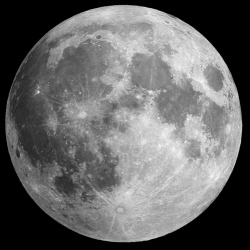
Aside from air, water and fresh vegetables, what would need to survive on the moon? One thing that would likely of feature high on the list is a decent, reliable wireless internet. And thanks to a group of researches from MIT and Nasa this kind of connectivity could be within the realms of possibility.
Between them, the two organisations have demonstrated for the first time that data communication technology is capable of providing those in space with the same kind of connectivity we enjoy on Earth, and can even facilitate large data transfers and high-definition video streaming.
To do this it uses four separate telescopes based at a ground terminal in New Mexico to send the uplink signal to the moon. A laser transmitter that can send information as coded pulses of invisible infrared light feeds into each of the telescopes, which results in 40 watts of transmitter power.
Nasa and MIT will present their findings at the CLEO laser technology conference in California on 9 June, but the findings have also been detailed by the Optical Society. The team will explain how their laser-powered communication uplink between the moon and Earth breaks previous record transmission speeds, achieved by RF signals, by a factor of 4,800.
The team has transmitted data across the 384,633km distance between Earth and the moon at a rate of 19.44mbps and has also managed to download data at a rate of 622mbps.
"Communicating at high data rates from Earth to the moon with laser beams is challenging because of the 400,000-kilometre distance spreading out the light beam," says Mark Stevens of MIT Lincoln Laboratory. "It’s doubly difficult going through the atmosphere, because turbulence can bend light-causing rapid fading or dropouts of the signal at the receiver."
